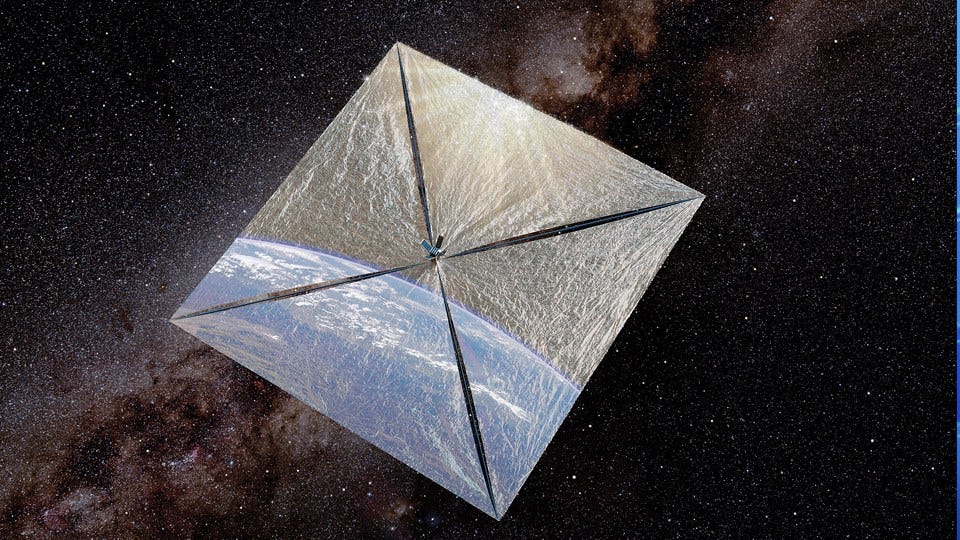Purdue-Supported Project Makes TIME’s Top 100 List

Subscriber Benefit
As a subscriber you can listen to articles at work, in the car, or while you work out. Subscribe NowWEST LAFAYETTE, Ind. – A sail that catches solar rays to power its movement in space has been named as one of Time magazine’s Best Inventions of 2019.
The solar sail project is led by David Spencer, associate professor in Purdue University’s School of Aeronautics and Astronautics. It was developed by The Planetary Society, a global nonprofit organization devoted to space exploration.
The LightSail 2 was launched into space during the summer, demonstrating the use of reflective sails to harness the momentum of sunlight for propulsion.
Spencer, an associate professor in Purdue’s School of Aeronautics and Astronautics, has been involved with the LightSail program since 2010 and serves as the project manager for LightSail 2.
“The goal of the LightSail program is to advance solar sailing technology so that spacecraft can explore the solar system and beyond using the limitless propulsion of solar photons,” said Spencer.
LightSail 2 launched in June as part of the U.S. Air Force’s Space Test Program-2 payload.
The project is made of Mylar and is about the size of a boxing ring.
Spencer called the experiment a success after LightSail 2 was able to use solar photons to change its orbit, raising the high point in the orbit by several miles.
“LightSail successfully accelerated enough to raise its orbit by 1.25 miles—not much, but a critical proof of concept,” said Jeffrey Kluger, a science editor for Time.
The Best Inventions 2019 is a list of 100 items that, according to Time magazine, make “the world better, smarter and even a little bit more fun.”
To assemble the 2019 list, Time solicited nominations across a variety of categories from news editors and correspondents around the world, as well as through an online application process. The publication evaluated each contender based on key factors, including originality, creativity, influence, ambition, and effectiveness.
“This recognition by Time magazine is an honor for the many people who supported LightSail,” Spencer said Spencer.
Unlike most science projects in space which are funded by governments, LightSail 2 was paid for by crowdfunding.
Click here to learn more about LightSail 2.
